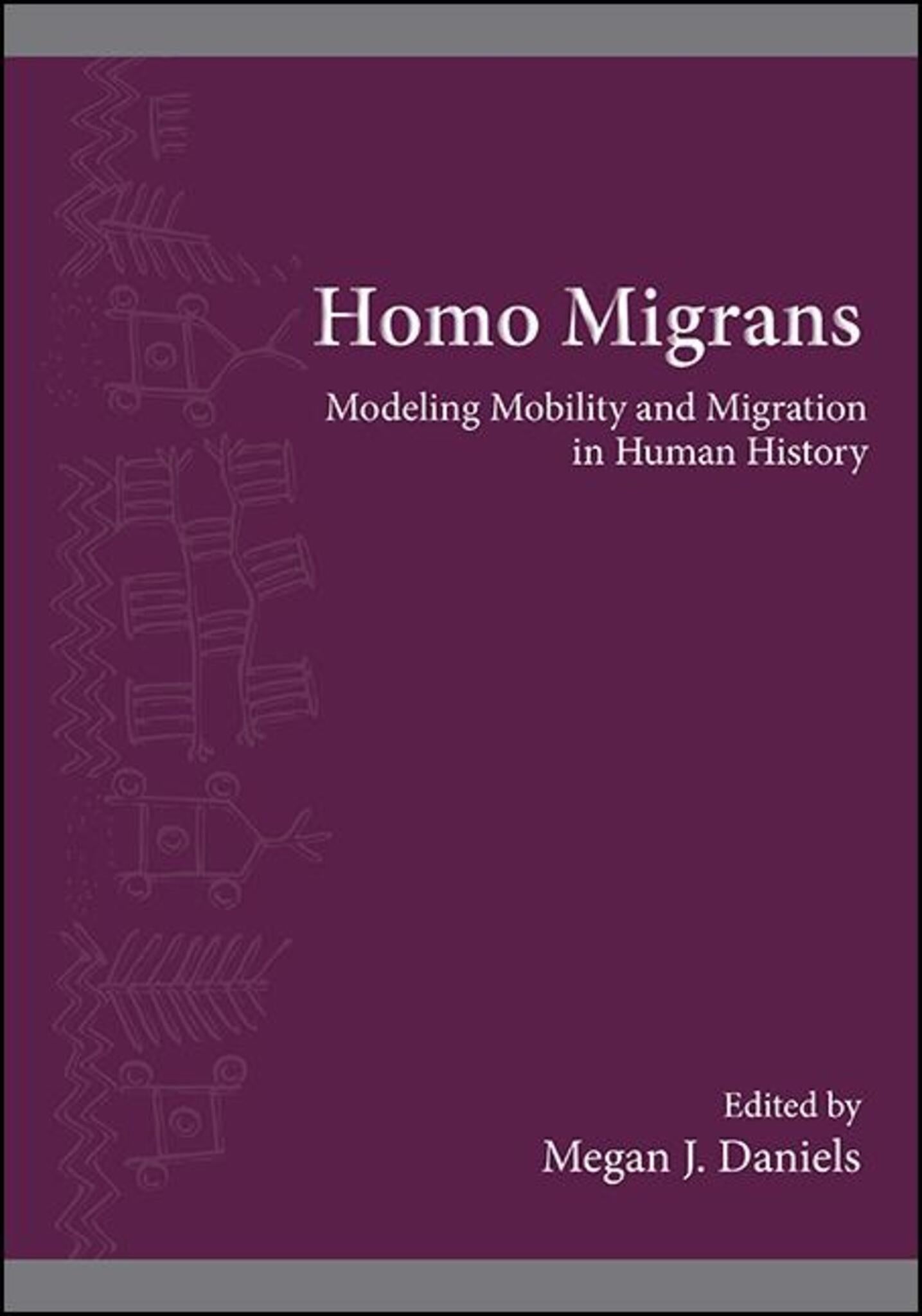We're sorry. An error has occurred
Please cancel or retry.
Homo Migrans

Some error occured while loading the Quick View. Please close the Quick View and try reloading the page.
Couldn't load pickup availability
- Format:
-
02 October 2022

Addresses the revolutionary impact of genetics, isotopes, and data science on the study of migration and mobility in past human societies.
One of the most significant challenges in archaeology is understanding how (and why) humans migrate. Homo Migrans examines the past, present, and future states of migration and mobility studies in archaeological discourse. Contributors draw on revolutionary twenty-first-century advances in genetics, isotope studies, and data manipulation that have resolved longstanding debates about past human movement and have helped clarify the relationships between archaeological remains and human behavior and identity.
These emerging techniques have also pressed archaeologists and historians to develop models that responsibly incorporate method, theory, and data in ways that honor the complexity of human behavior and relationships. This volume articulates the challenges that lie ahead as scholars draw from genomic studies, computational science, social theory, cognitive and evolutionary studies, environmental history, and network analysis to clarify the nature of human migration in world history. With case studies focusing on European and Mediterranean history and prehistory (as well as global history), Homo Migrans presents integrated methodologies and analyses that will interest any scholar researching migration and mobility in the human past.


Illustrations
1. Movement as a Constant? Envisioning a MigrationCentered Worldview of Human History
Megan J. Daniels
Part I: New Data and New Narratives
2. Toward a New Prehistory: ReTheorizing Genes, Culture, and Migratory Expansions
Kristian Kristiansen
3. Migration, Ancient DNA, and Bronze Age Pastoralists from the Eurasian Steppes
David W. Anthony
4. The Conceptual Impacts of Genomics to the Archaeology of Movement
Omer Gokcumen
Part II: Migrations, Visible and Invisible: Toward More Inclusive Histories
5. New Data and Old Narratives: Migrants and the Conjoining of the Cultures and Economies of the preRoman Western Mediterranean
Franco De Angelis
6. Captives: The Invisible Migrant
Catherine M. Cameron
7. The In/Visiblity of Migration
Elena Isayev
8. A Harbor Scene: Reassessing Mobility in the Bronze Age Eastern Mediterranean Following the Archaeological Science Revolution
Assaf YasurLandau
Part III: Computational Models of Migration
9. Surfing with the Alien: Simulating and Testing the Spread of Early Farming across the Adriatic Basin
Marc Vander Linden, Cornelis Drost, Jane Gaastra, Ivana Jovanović, Sébastien Manem, and Anne de Vareilles
10. The Settlement Record, Paleodemography, and Evidence for Migrations in Eneolithic Ukraine
Thomas K. Harper
11. N Site Continuous Model for Migration: Parameter and Prehistoric Tests
Ezra B. W. Zubrow, Aleksandr Diachenko, and Jay Leavitt
Part IV: Sociohistorical Models of Migration
12. Toward A Social Archaeology of Forced Migration: Rebuilding Landscapes of Memory in Medieval Armenian Cilicia
Aurora E. Camaño
13. Macro- and MicroMobilities and the Creation of Identity in the Ancient Near East
Anne Porter
14. Wandering Ports on the Datça Peninsula: Exploring Regional Mobility in a Maritime Landscape
Elizabeth S. Greene and Justin Leidwanger
Part V: Migration and Complexity
15. Assessing the Possibility of TransMaritime Mobility in Archaic Hominins: Does AfroEurasian Coastal Palaeogeography Support Sweepstakes Dispersal in Homo?
Thomas P. Leppard
16. Homo mobilis: Interactions, Consciousness, and the Anthropocene
Hans Barnard
Contributors
Index



